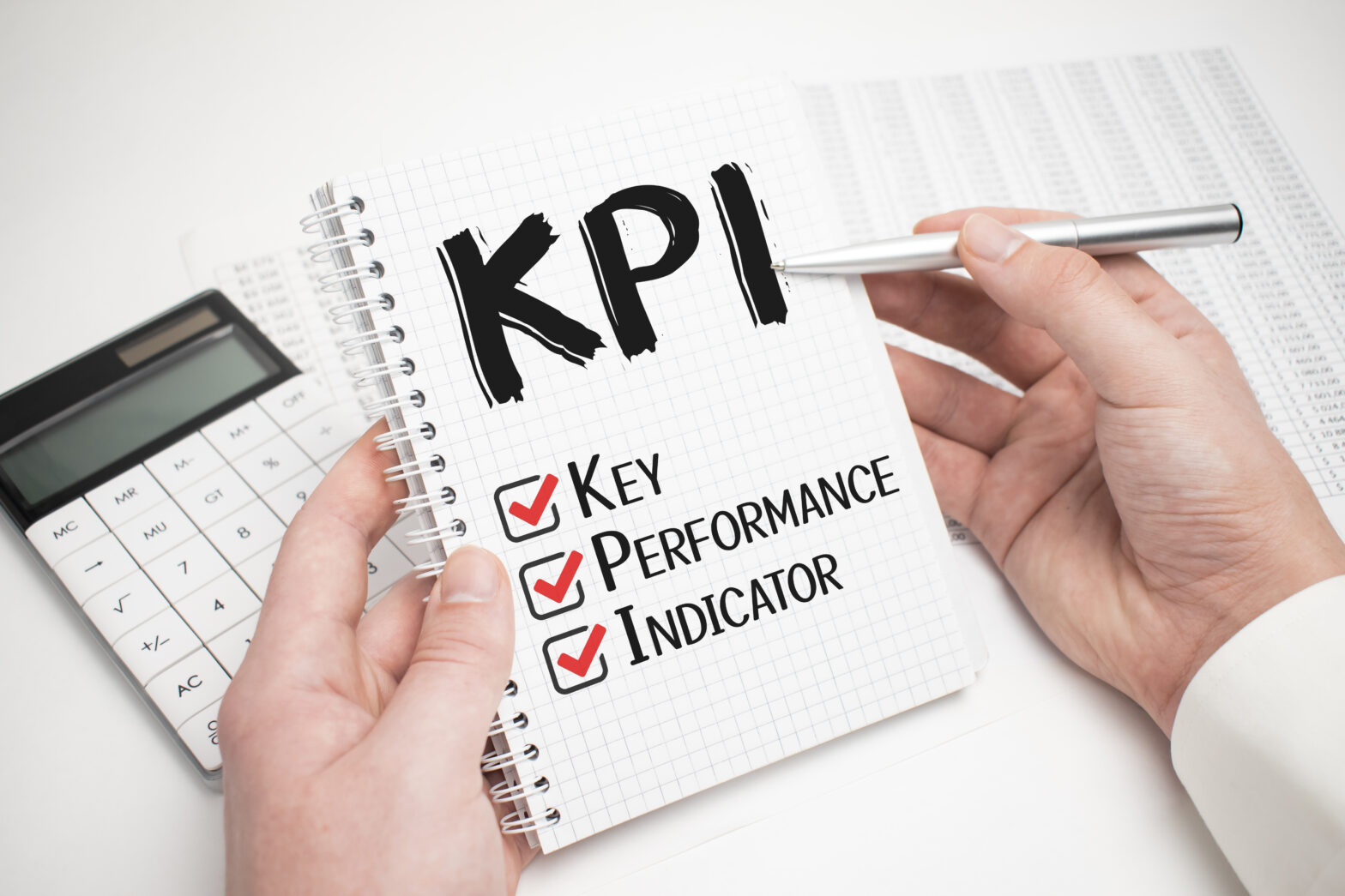
Contents
Recently updated on December 4th, 2024 at 11:03 am
Starting a business is a big accomplishment, but the actual work comes later. Over 20% of businesses fail in the first year, and 70% fail within the first decade, according to the Bureau of Labor Statistics. What this means is that even if you have a great business plan and a brilliant idea for a new product or service, it’s going to take more to survive, hence here are few new Business KPI for 2023
This is where key performance indicators (KPIs) can help. KPIs are different from standard business metrics. Business KPI are set up for specific business goals and will let you know if you are meeting those goals or need to make adjustments to your plan to reach them. The KPIs you set up for your business will vary depending on the industry, but here are a few that are important to companies in their early stage.
Revenue Growth Rate
The formula for this Business KPI : (Current Period Revenue – Previous Period Revenue) / Previous Period Revenue * 100
This formula will give you the rate your revenue is growing and can be calculated on a monthly and yearly basis. A company usually needs a 20% growth rate per year before considering going public.
Cash Runway
This formula: Cash Runway = Current Cash Balance / Burn Rate.
This Business KPI will tell you how fast you are going through money and how long you can spend money at the current rate before you run out of cash. A high burn rate may mean you need to cut expenses or increase funding.
Customer Acquisition Cost
This KPI’s formula: Customer Acquisition Cost (CAC) = Total Cost of Customer Acquisition / Number of Customers Acquired.
This KPI measures how much a business spends to gain new customers. The total cost of acquisition includes not only the cost of goods but also the cost of the property, equipment, and marketing efforts. You want to make sure that each customer is spending more than it costs to acquire them.
Average Revenue Per User
The formula for this KPI: Average Revenue Per User (ARPU) = Monthly Recurring Revenue / Total Active Customers.
This is an especially useful KPI for companies that depend on subscriptions because it will tell how much each customer is worth in revenue on a monthly basis.
Customer Lifetime Value
This KPI’s formula: Average Revenue Per User (ARPU) * Average Margin Per User (AMPU) / Revenue Churn Rate (RCR).
This is a more complicated formula and depends on three other KPIs, but it will tell you if what you are spending to gain new customers is sustainable when you compare it against the Customer Acquisition Cost. We have already covered ARPU. AMPU can be calculated by subtracting total costs from revenue and dividing that by total users. RCR can be calculated by dividing Monthly Recurring Revenue by the Monthly Recurring Revenue you lost that month.
Customer Churn Rate
The formula for this KPI: Customer Churn Rate (CCR) = Number of Customers Lost / Total Customers.
This is a simple formula to determine customer attrition. Every business will have some attrition, but it helps to know when the CCR is increasing so you can track down the cause and fix it.
Monthly Recurring Revenue
This formula: Monthly Recurring Revenue (MRR) = Average Revenue Per User (ARPU) * Monthly Active Users (MAU).
This formula tells you how much revenue the business is bringing in each month. With it, you can track the ongoing financial situation of the company and determine how much cash you will have on hand to pay expenses.
To track these KPIs and more effectively, you need business insights software. PathQuest has exactly what you need. PathQuest BI will help you analyze and visualize large financial data sets simply and in real time. With it, you can build compelling visual stories and discover unique insights in your data, including those operational KPIs that are important to a business that is just getting off the ground.
Talk to our experts, and see how you can track these important KPIs and more with PathQuest BI by booking a demo! Or visit our channel to learn more
Contact Us

Call Now:
+1 (743) 223-2073










